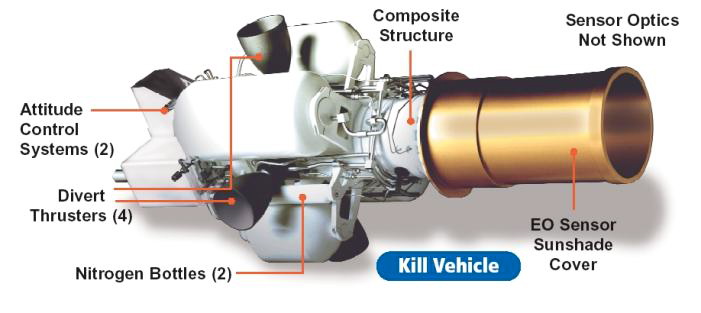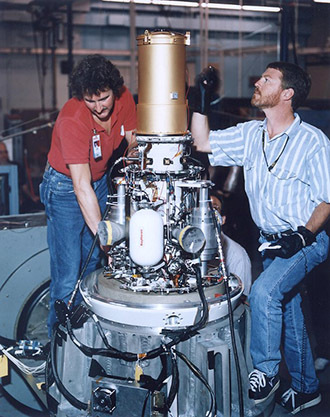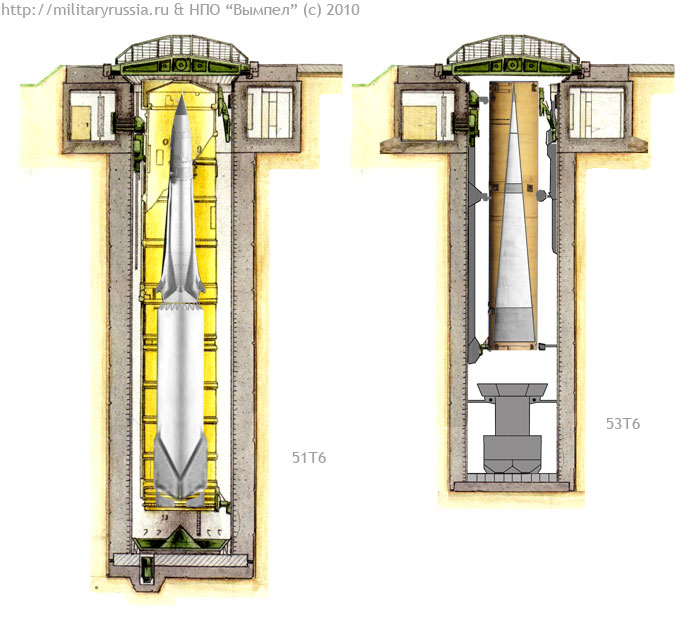Sanjay wrote:As you no doubt know, the Israelis have made a proposal to the IAF to integrate the LRTR with the S-400 (hence the reason for the interest in the S-400).
In fact, unfortunately, it does seem these sources on the ABM program relate to shri Sengupta or similar ones as the statements happen to coincide exactly with what he says. Have a lot of respect for Sanjay, lets be clear on that.
However, Sengupta has a habit of misleading well intentioned folks & his claims tend to be picked up by even reputed folks given the paucity of information on Indian defence in such areas, and then such misleading claims become amplified with different people saying the same thing all actually flowing from the same chap who floated that theory in the first place and who will merrily move onto other claims.
http://trishul-trident.blogspot.in/2015 ... ement.html
Consider:
AD-1 and AD-2 and PDV are the great hopes. However, seekers are continuing to be a problem.
Sengupta wrote: The main problem has been the DRDO’s inability to develop hypersonic interceptor missiles and their internally-mounted Ka-band active phased-array radars for terminal guidance. Only homegrown X-band and Ku-band radar seekers have been designed and tested without demonstrable success.
Sengupta at his kiteflying again. The AAD & PDV have been successfully trialed with Russian & local seekers. And why are only the seekers an issue for AD-1/AD-2? And DRDO could not explore any other methods like SAGG or even work with partners for these seekers. No other challenges or even considerations possible, including the fact that Phase-1 development may be extended with PDV availability and that has to be validated first before coming out with AD-1, AD-2.
Sanjay wrote:As you no doubt know, the Israelis have made a proposal to the IAF to integrate the LRTR with the S-400 (hence the reason for the interest in the S-400).
Sengupta wrote: And that is precisely the reason why, two years ago, when a combined team from IAI and Russia’s JSC Almaz-Antey MSDB made an unsolicited presentation to the IAF on an improved version of the S-400 ‘Triumph’ LR-SAM (a generation ahead of what has been sold to China) that would make use of IAI’s latest EL/M-2090U UHF-band active phased-array LRTR, the IAF began making hectic plans for procuring such a system for TMD within the foreseeable future.
LOL - the LRTR is a specific program in L Band derived from the Green Pine. What Sengupta did is take the latest UHF Ultra offered by Israel, named it a generic LRTR & then stated that it is combined with the S-400.
Very easy, no doubt. This when India struggles to integrate R-73Es from non Russian aircraft, Israeli jammers on Russian aircraft (because neither side will cooperate with the other..)..
Almaz Antey would make a combined pitch with Israel. This when empty Hhalcons are flown to Israel, Russia & Israel have to jump through hoops to even get Israeli UAVs to Russia, both would want to share their tech details with each other when both compete in the same market (SAM systems) & of course, poor Russia has no long range radar development capability which it wouldn't seek to tie into such a proposal. Cough, cough.
The most revolutionary element of the 77N6-N and the 77N6-NI hypersonic LR-SAMs will be their on-board nose-mounted, Ka-band millimeter-wave active phased-array radar seekers and their real-time discrimination algorithms required for fire-control and guidance of hit-to-kill interceptors. To this end, the radar seekers have been designed with a rigid mount and narrow beam to provide precise angle metric accuracy. The combination of metric accuracy, wide bandwidth, and high Doppler-resolution capabilities makes them excellent sensors for real-time discrimination, for they can provide extremely accurate identification-processing estimates of motion differences caused by mass imbalances on real and threat-like targets.
Absolute cock & bull based on brochure bashing of Agat working on phased array seekers for its AAMs & taking that to Almaz Antey's missiles & building them into a new story. Here, the Russians are still inducting the S-400, having a tough time even developing new systems for the FGFA and magically, new missiles will emerge for the S-400, were tested in secret with new seekers (with no orders mind) and are now ready for us.
The 300-tonne EL/M-2090U ULTRA C-22 LRTR features an array of 22 UHF-band transmit-receive modules (TRM) in a single clustered unit that has been designed so that modules can be easily swapped. Using UHF, rather than the higher frequency bands, has particular application at long ranges since it suffers from less signal loss in the atmosphere. A discriminating innovation of the ELM-2090U is the digitisation of the signals at the TRM-level, which allows more flexibility in beam-forming and shaping.
LOL, so India would just buy out the ULTRA as versus customizing it for its requirements, which would mean the exact LRTR program all over again & which was the exact aim stated by Saraswat in his own interviews. No, instead Israel proposed this, DRDO didn't think of this, IAF which has been unable to even integrate the EL/L-8222 on its Su-30 MKis would jump at this "easy integration" and drive a program for which it lacks the personnel or resources.
The whole story in Sengupta's writeup is complete hyperbole, mixed and matched from different news reports, his own fervent imagination combined with his usual disdain for anyone local (everything has to be imported because nothing local works).
BTW, India uses the LRTR for firecontrol. This data goes into the battle management system. India then developed specific datalinks (TUT) to interface the purpose designed missiles with the targets.
In Sengupta world, drop an Israeli radar into the S-400 complex, and it automatically gets the right information to the Russian battle management center. Magically, the data is of the right place with the right precision for the S-400 complex. The UHF Ultra BTW is a surveillance radar not a fire control unit like the LRTR (hence the emphasis on the TR ie tracking radar in the LRTR designation) but Sengupta merrily uses the moniker since the Israeli press release mentions tracking capability but he ignores the fact that its mentioned as being directed for surveillance throughout and there is no evidence that it will at extreme long ranges, provide the precision required for guiding or supplanting the limited ranges of a completely different SAM complex.
What a mess.
In short, he probably read/listened to one of Saraswats interviews talking of long range UHF radars and that being a DRDO focus area. Completely ignored the possibility that DRDO may have actually been working on it with the Israelis (since after all DRDO is Indian, and Indians can't do anything

), came across the buzz on this forum (which Sengupta tracks very closely

) about the S-400 and news reports, and then happily tied the two together in a very happy marriage, leaving out the only ones in India who actually know such things (the DRDO & production units, since he doesn't like them or understand what they do)... makes for a nice Bollywood wedding.

----
Even discussing the rubbish Sengupta writes is a waste of time. In the world that he inhabits, the Israelis are building a Death Star, which will be mixed and matched with Russian Missiles, and India is engaged in some secret program to get alien technology. Don't believe me? Search for aliens in Sengupta's articles and their comment sections.

Sengupta uvach wrote:To GESSLER: There are no confirmed answers to your questions as yet. Therefore, there are only theories & speculations at this stage. Talking of communicable diseases, conjunctivitis is actually a man-made virus & was reportedly a biological weapon created by China. In the late 1970s, there was an accident in a bio-weapon lab in southern China as a result of which this virus got released & it apparently lurks within certain layers of the atmosphere & therefore during only a particular timeframe every year it affects human beings in certain portions of the globe.
Sengupta wrote:So far about 57 different types of alien species or their cloned humanoid workers have reportedly been documented. Bob Lazar’s claims of electro-gravitics & Element 115 have long been proven to be true by various US-based scientists & engineers since the late 1980s. If indeed Charles Darwin’s theory on the evolution of species was true, then evolution would have been uniform universally & there would have been no monkeys or chimps since all of them would have evolved to human beings in the same time-frame. However, as we know, this did not happen & what happened instead was selective evolution within a short span of time that led to the emergence of Homo Erectus & Homo Sapiens. 4) UFOs can be hoaxes, but flying-disks or other intelligently piloted vessels seen on Earth & also in deep-space, plus all the debris associated with crashed flying-discs & their advanced forms of fabrication & usage (discovered in the early 1940s itself) can hardly be hoaxes.
Sengupta wrote:To BUDDHA: A far better option than the book is to go to Youtube & watch all five seasons of the HISTORY CHANNEL series called ANCIENT ALIENS.
.. and many many more.



